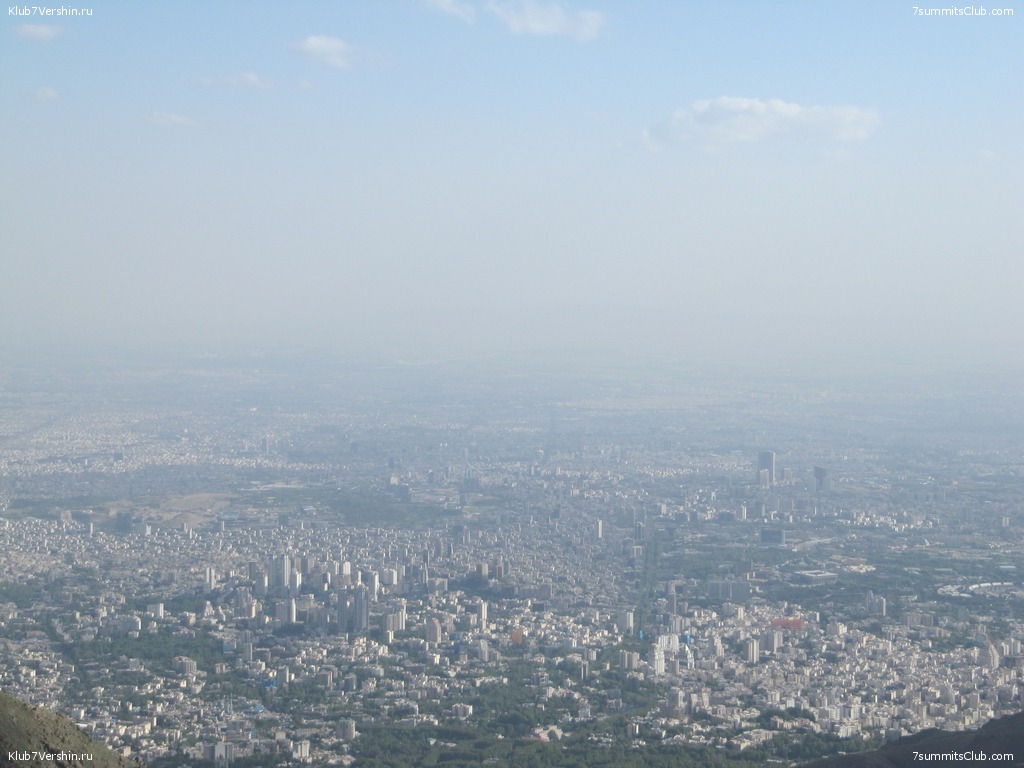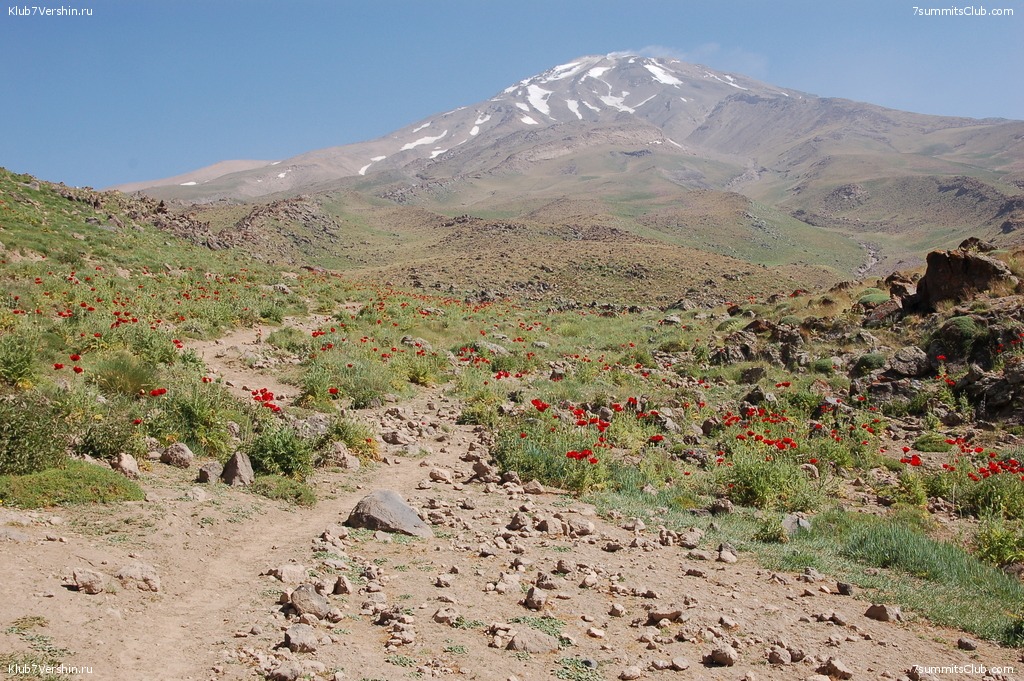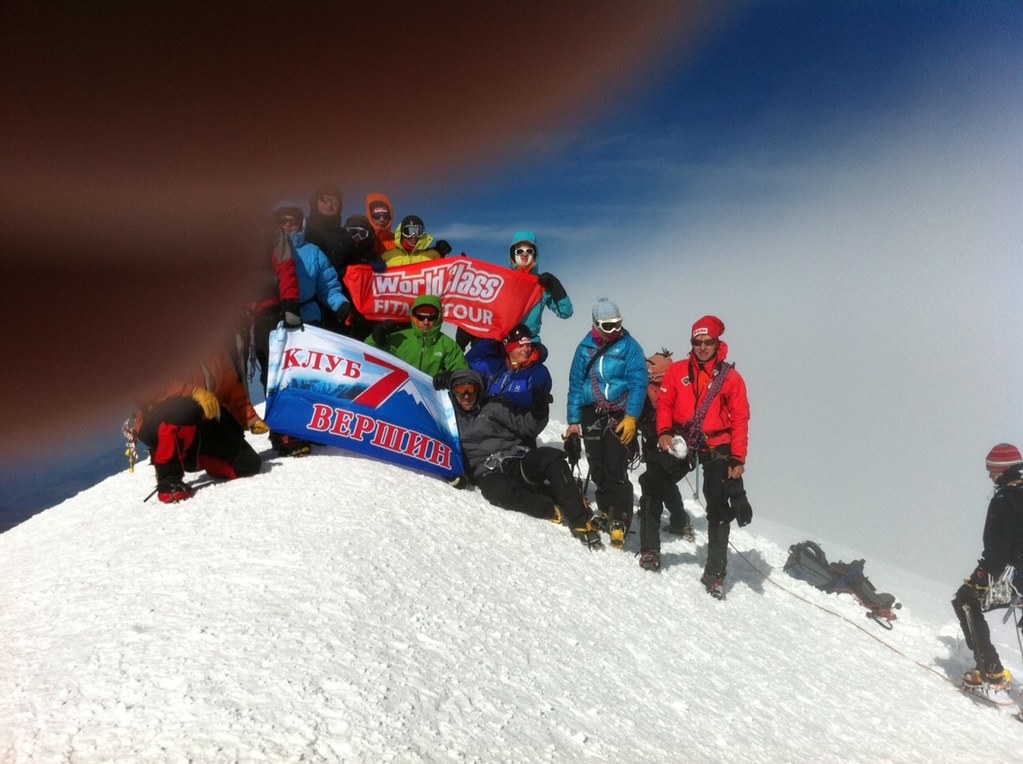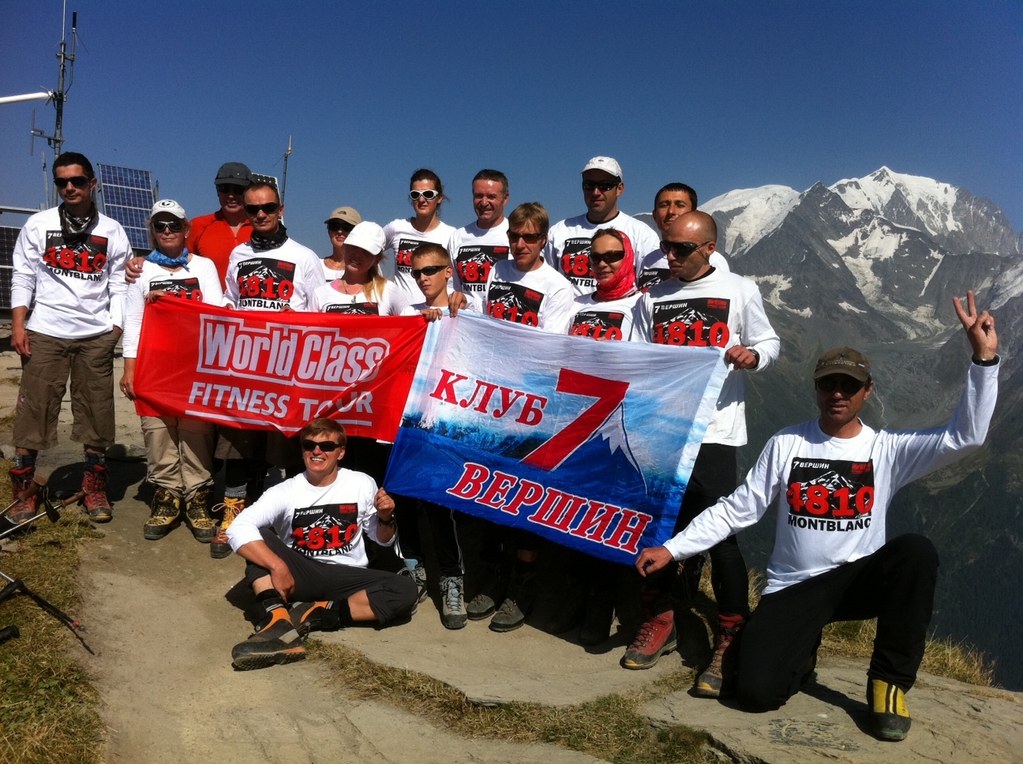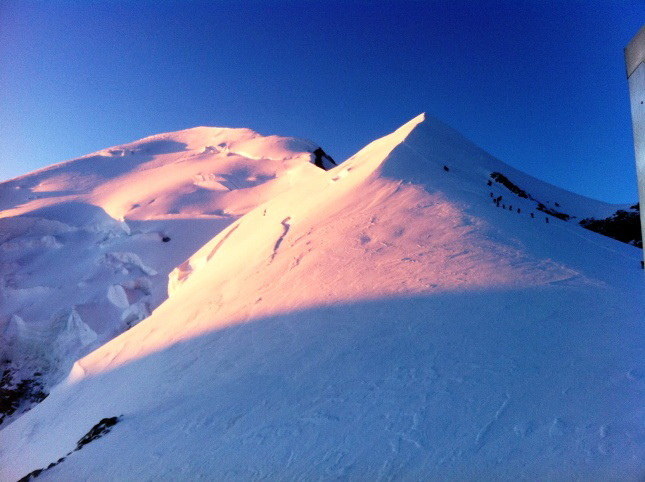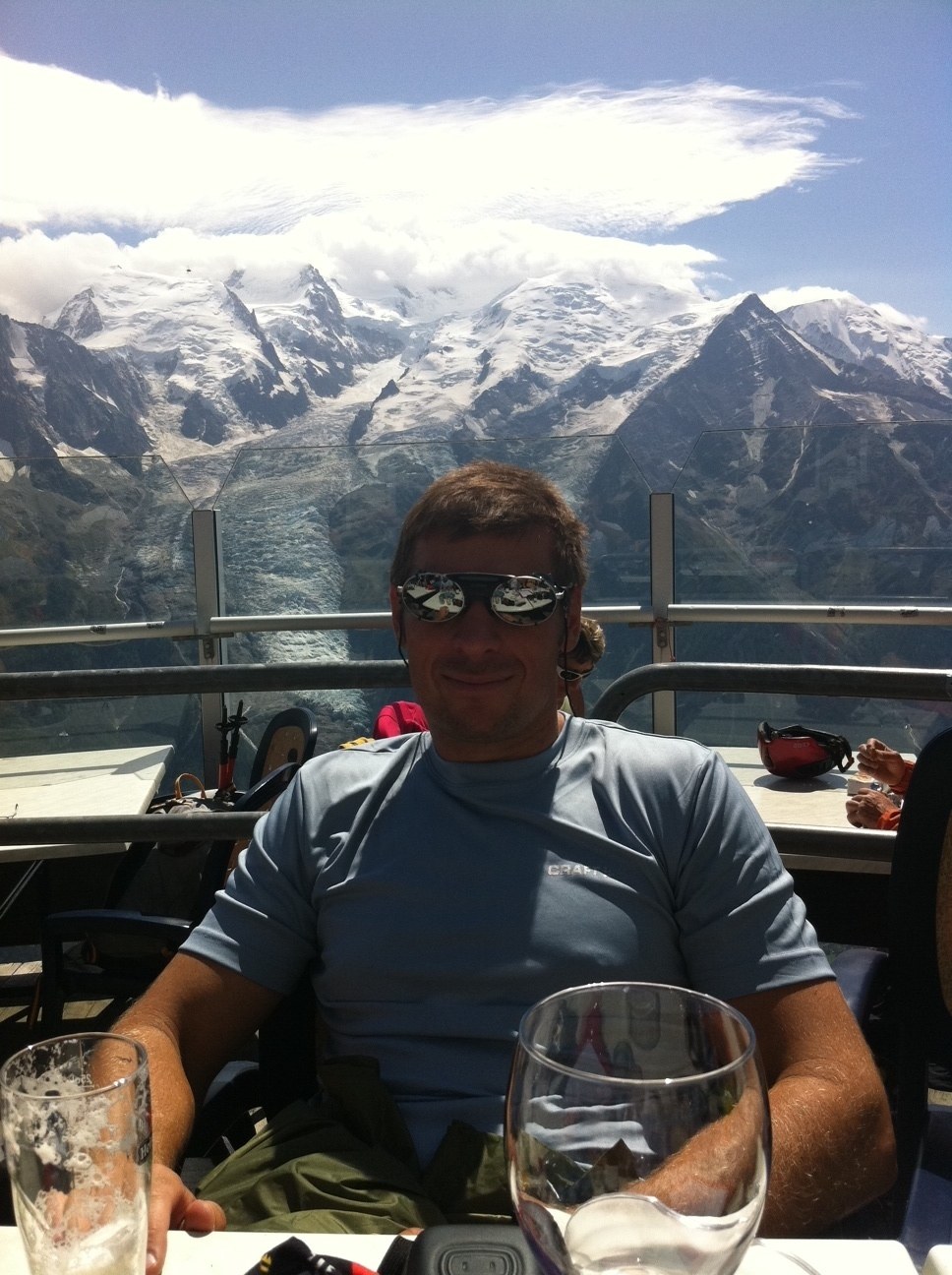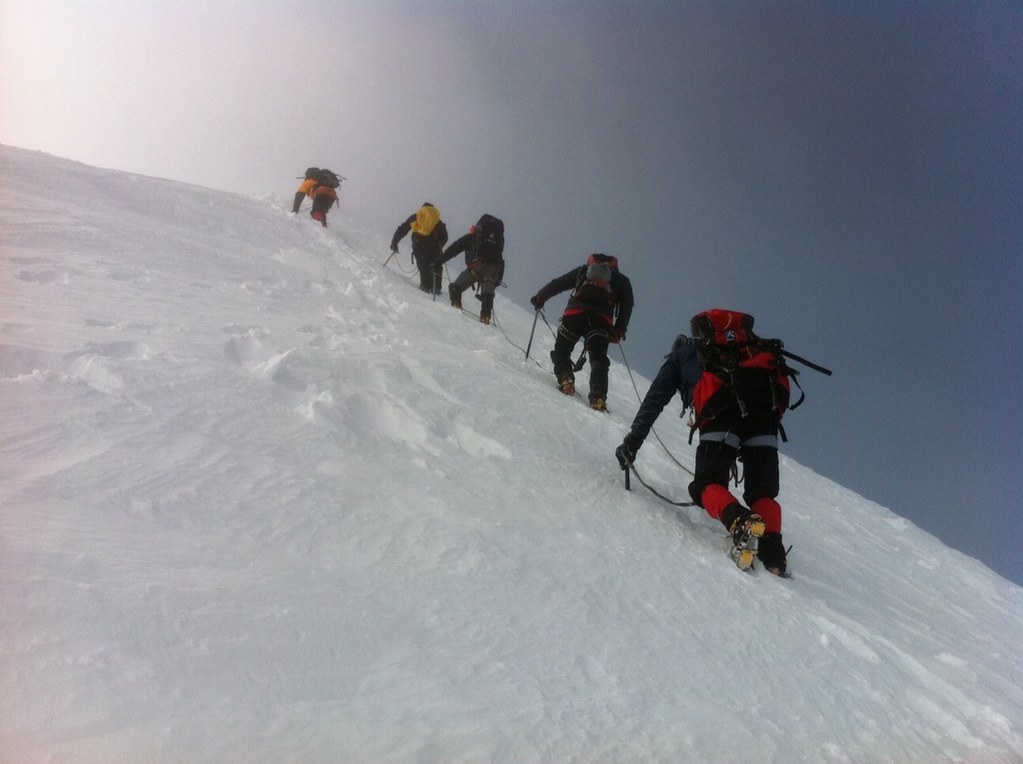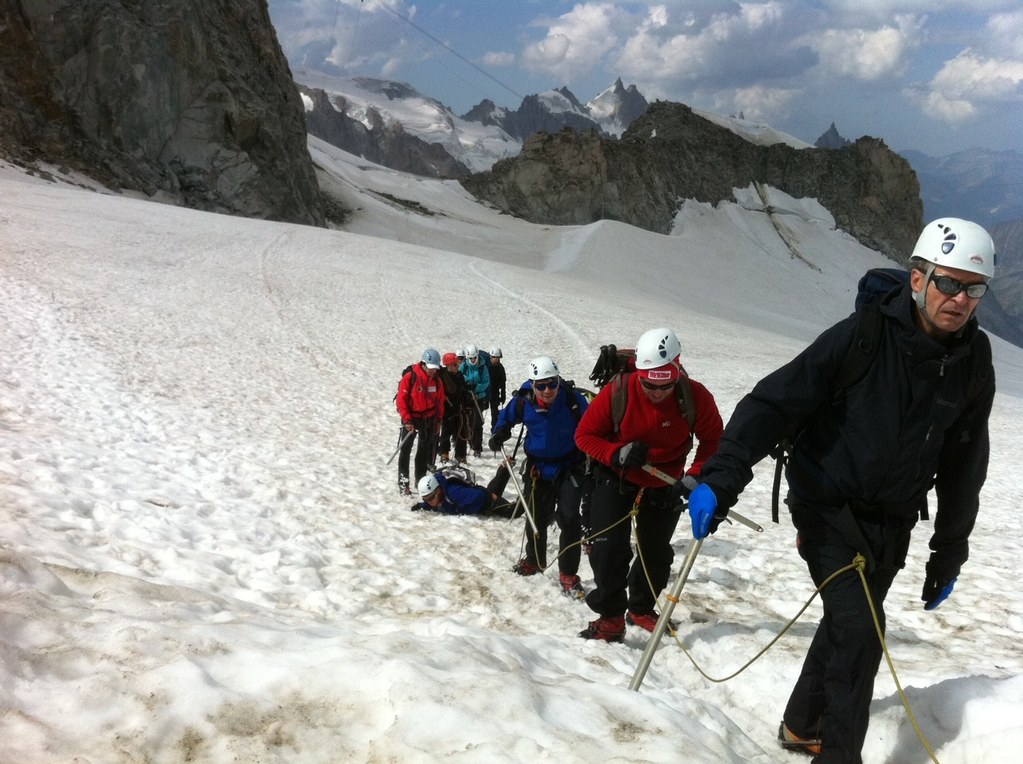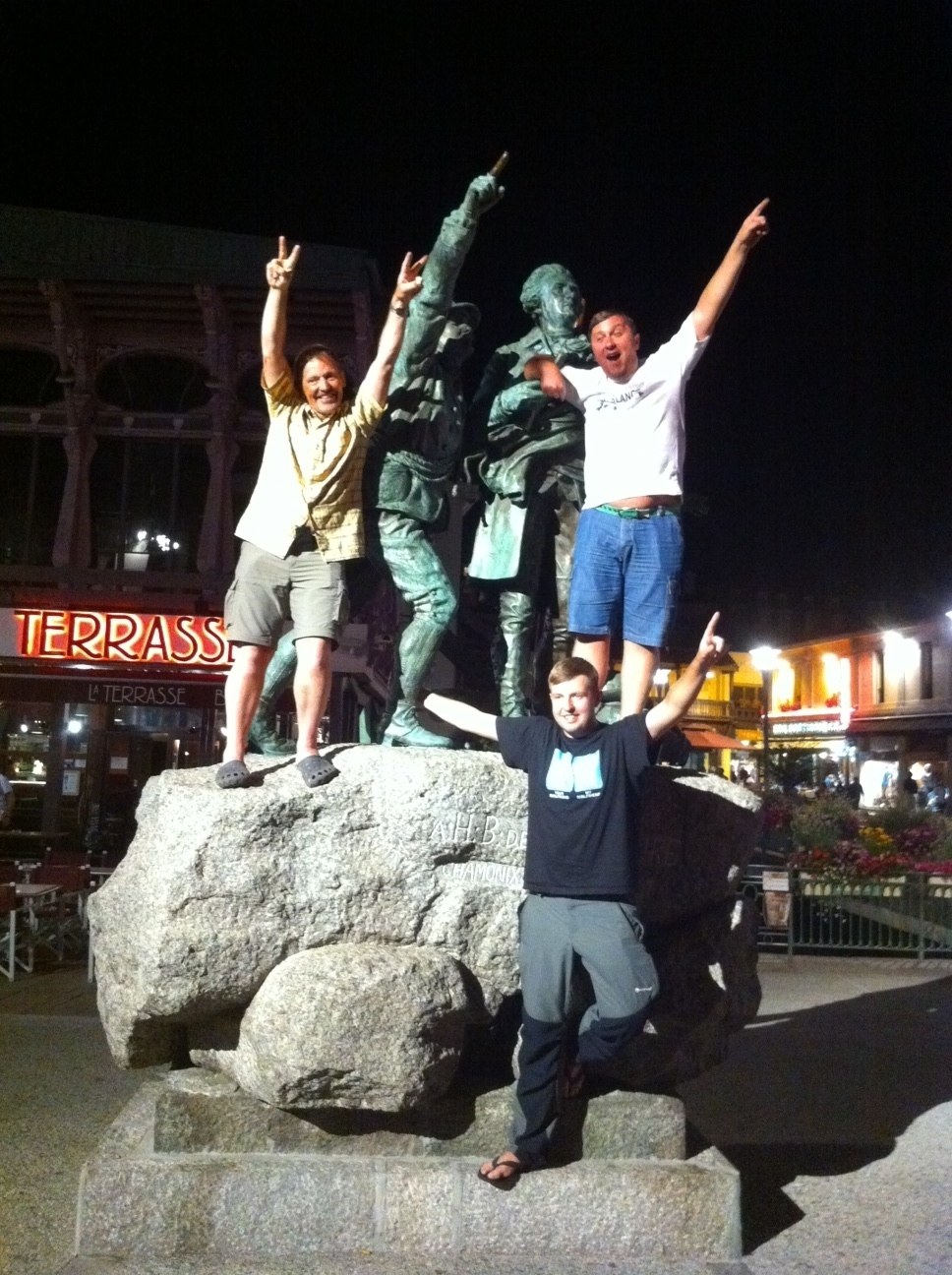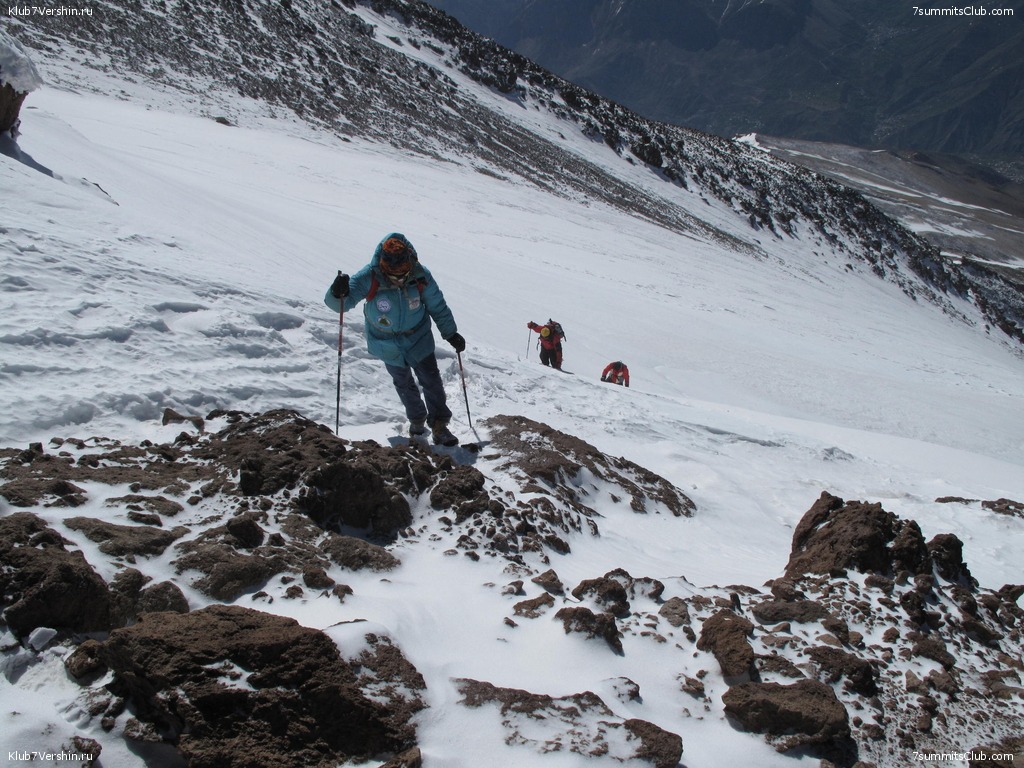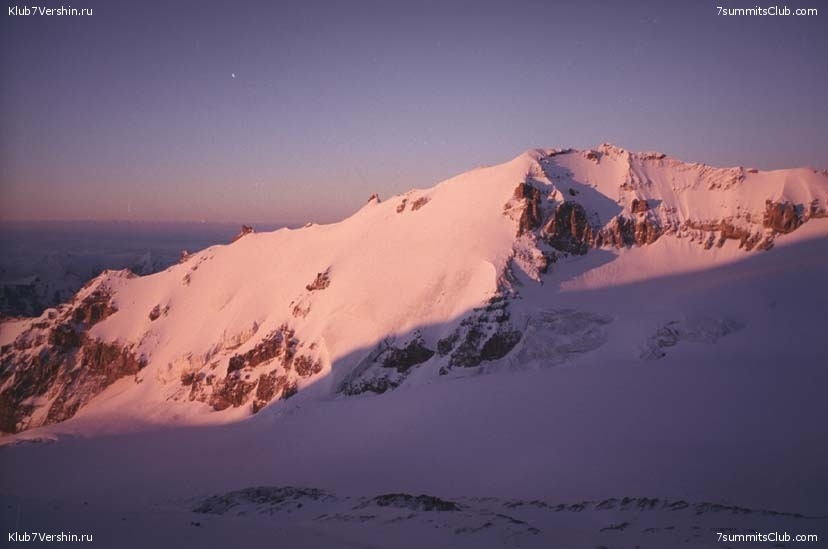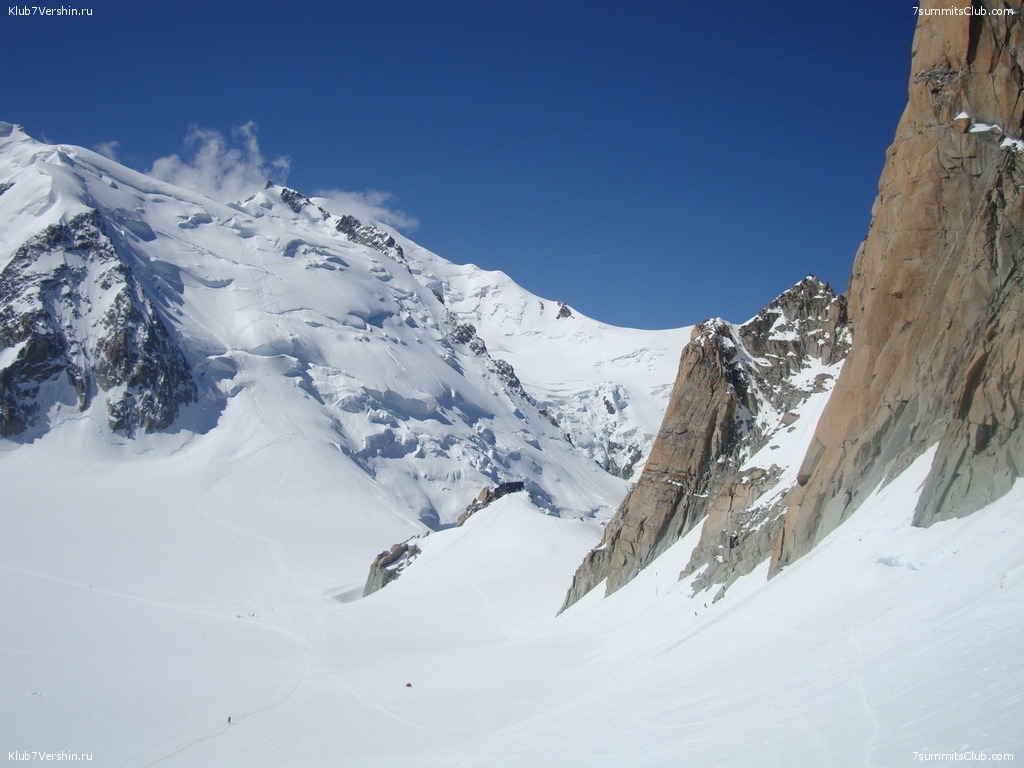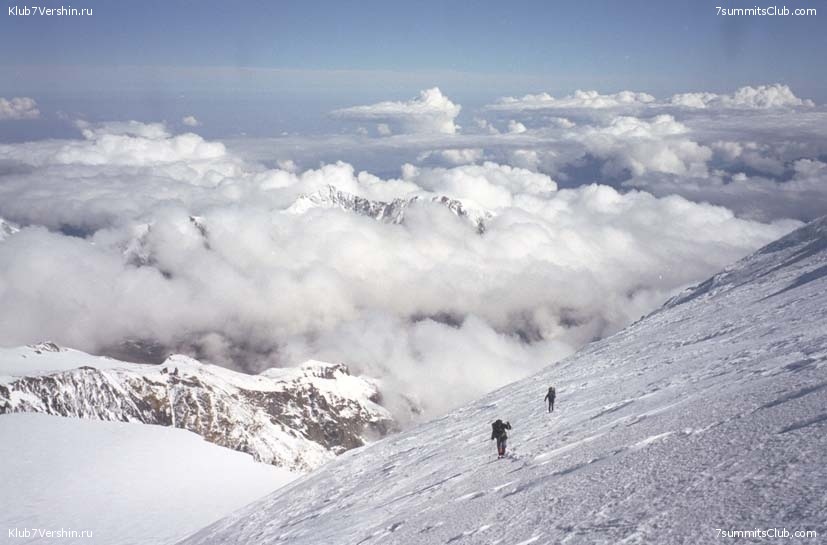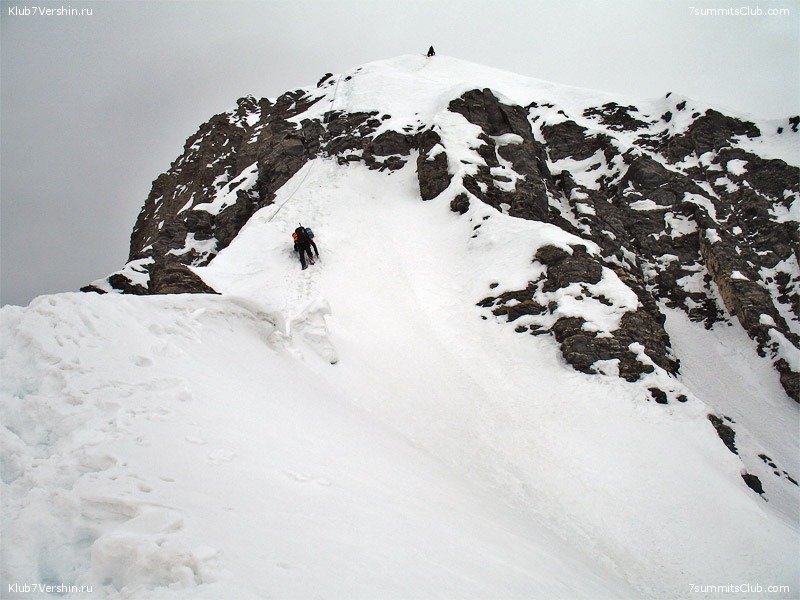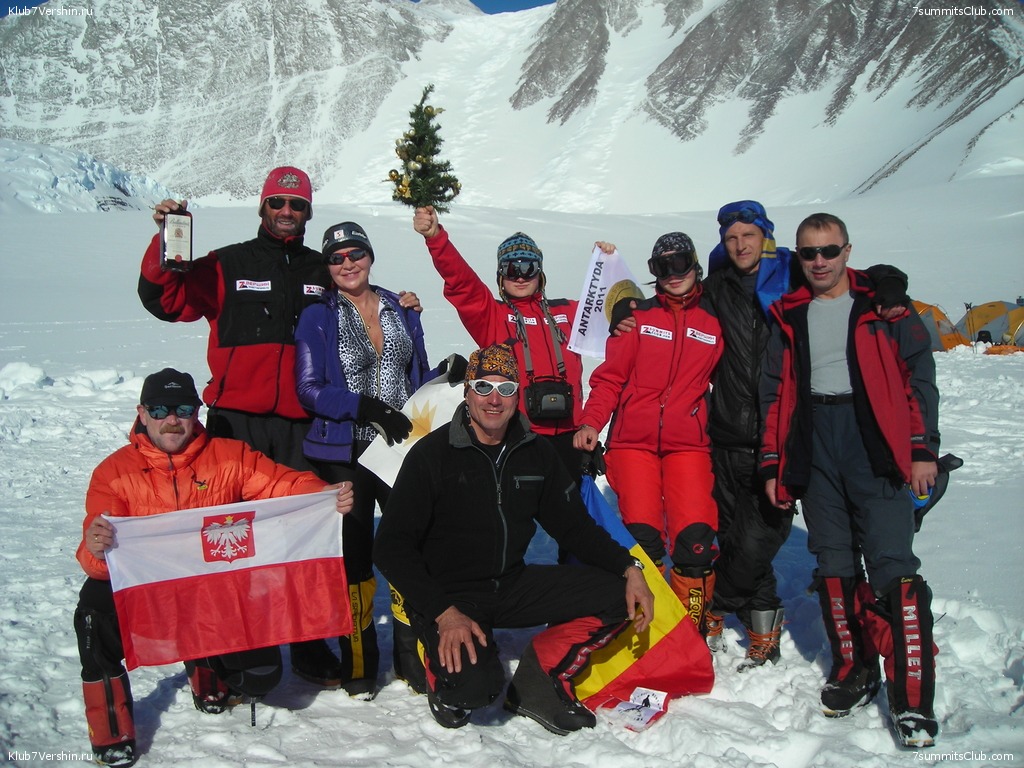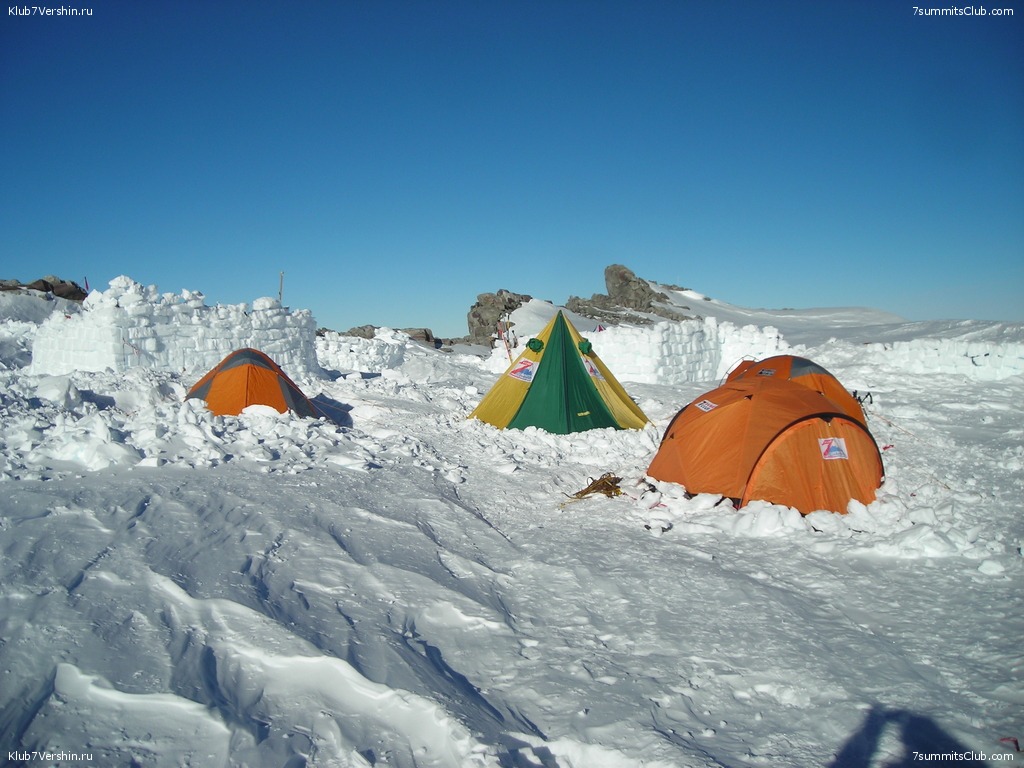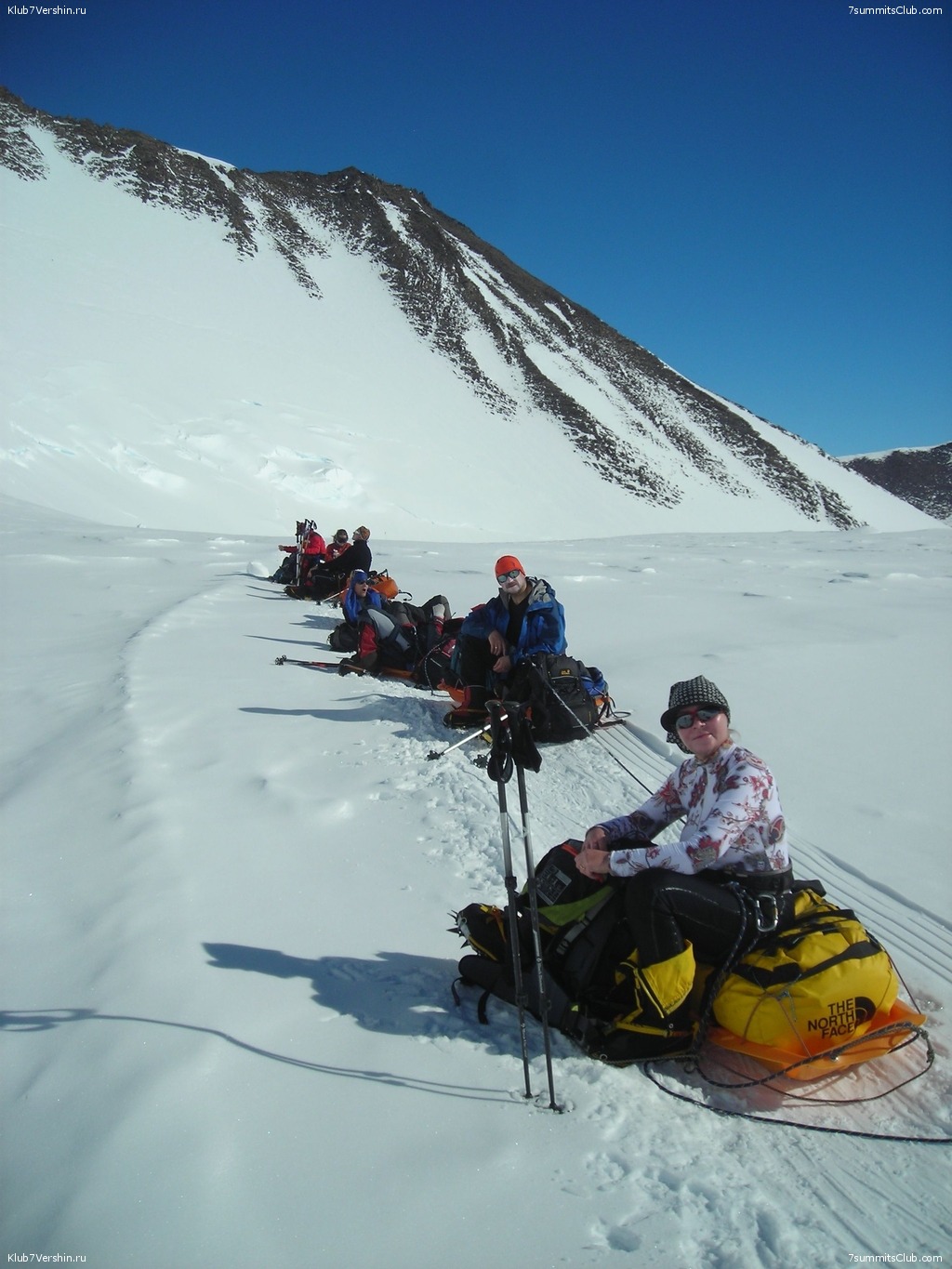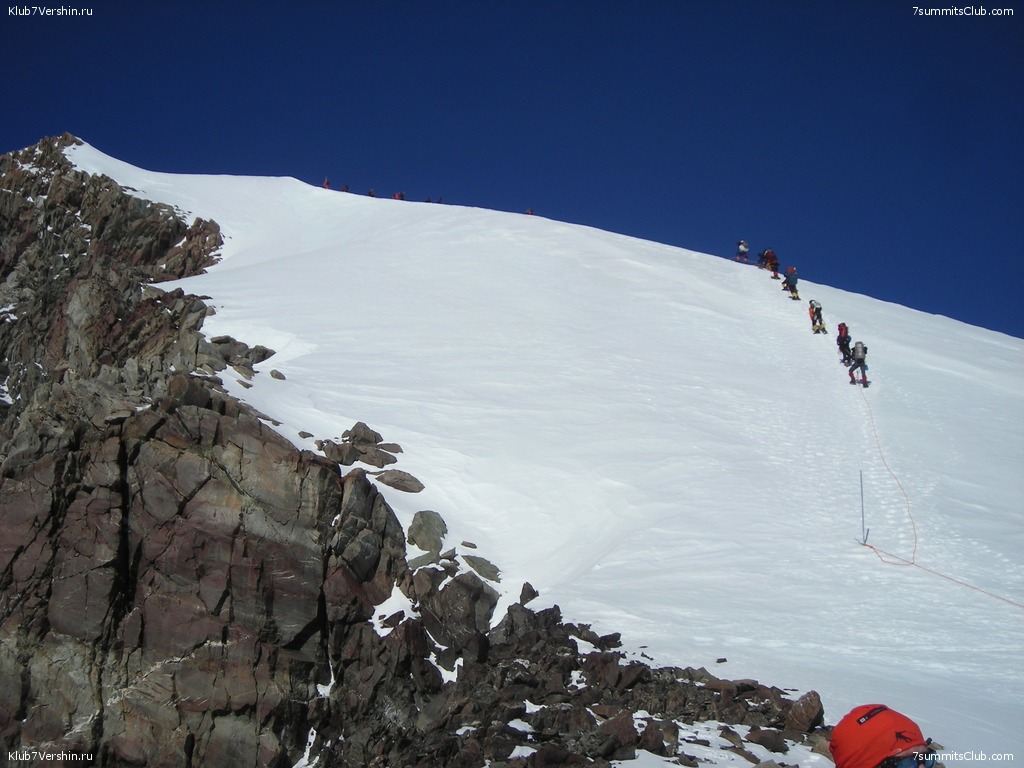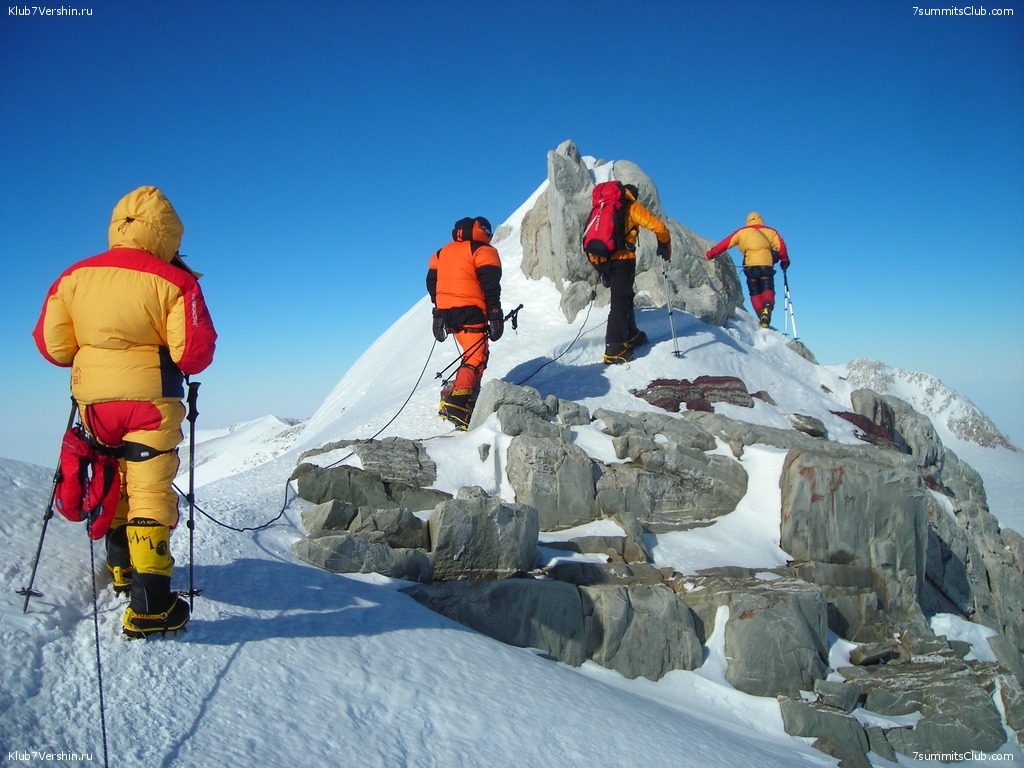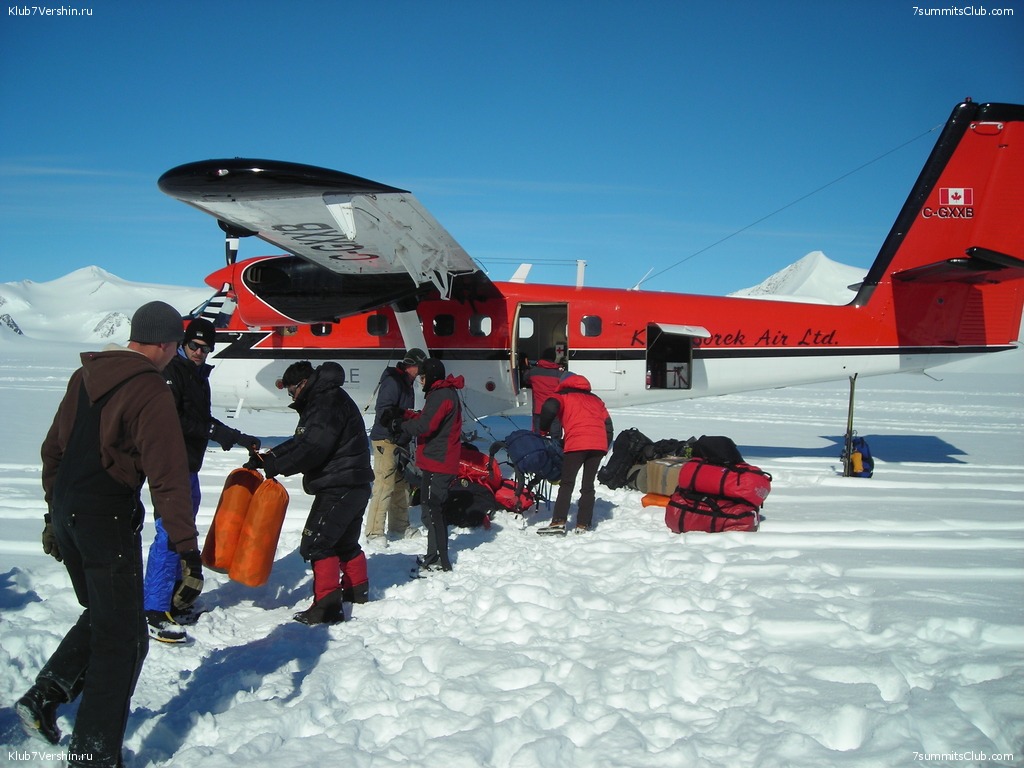All news
Aleksander Abramov and Team climb Mt. Tuchal!
Damavand.
Hello, Alexander Abramov speaking from the expedition to Damavand. Today, all the group in a single impulse has made an ascent on the top of the Tuchal mountain, 3990m. The peak and climb were very interesting. Now we have moved to Reineh ...
Hello, Alexander Abramov speaking from the expedition to Damavand. Today, all the group in a single impulse has made an ascent on the top of the Tuchal mountain, 3990m. The peak and climb were very interesting. Now we have moved to Reineh village where we will spend the night in a stylized house. Tomorrow we leave at 8 in the morning, and at 9 we will begin the ascent to the mountain hut 4200 m, from where the day after tomorrow we will start climbing to the top of Mt. Damavand. Good-bye.
Our team is in the mountain hut and ready for climb mt. Tuchal.
Damavand.
Hello! Today our team visited a very beautiful palace of Iran. Then we had dinner and drove in the direction of our mountain Tuchal 3990 m. Then began our climb to the hut. It it usually takes about 3-4 hours.But it was very hot, ...
Hello! Today our team visited a very beautiful palace of Iran. Then we had dinner and drove in the direction of our mountain Tuchal 3990 m. Then began our climb to the hut. It it usually takes about 3-4 hours.But it was very hot, so we walk longer, about 5 hours, stayed often, but, in general, all climb, everyone is happy.
We came to the mountain hut. It is nice four floors shelter, almost the hotel. Here is the dining room, rooms, there are no beds, but on the floor are placed mattresses, blankets and pillows and all this on the Persian carpets that is all very cool.
Nearby there is a river, a waterfall. It is very beautiful place. All is very hospitable.
Tomorrow, we are planning the first in the history of our team of climbing a mountain Tuchal 3990 m. It is planned that we start about six in the morning and at 12 o'clock we have to be in the summit. Here we have such plans, everyone is happy, everything is fine. Tomorrow, hopefully from the summit, I call once again.
The new message from Victor Bobok
Kilimanjaro.
"We are at height of 3800 m. Early morning. We are ready to start climbing. I've just measured indicators of oxygen at all participants. It's ok! We continue the ascension. Everything is ok. Everybody feel good. We hope for good weather in ...
"We are at height of 3800 m. Early morning. We are ready to start climbing. I've just measured indicators of oxygen at all participants. It's ok! We continue the ascension. Everything is ok. Everybody feel good. We hope for good weather in day of our ascension. Bye!"
Bobok Victor sends the message from slopes of Kilimanjaro - we are at height of 3700 m!
Kilimanjaro.
"Everything is ok. Yesterday we have risen on height 3700ì, today we continue our ascension. Everybody feel good (even in spite of the fact, that people are in mountains at first time). Our company is cheerful. We hope, that further all ...
"Everything is ok. Yesterday we have risen on height 3700ì, today we continue our ascension. Everybody feel good (even in spite of the fact, that people are in mountains at first time). Our company is cheerful. We hope, that further all also will be good. Good luck, Bye!"
Victor Bobok - the group has gathered and is ready to the ascension
Kilimanjaro.
Bobok Victor sends the message from slopes of mount Kilimanjaro: "Last night I have met the group. All guys are nice. Everything is ok. All of them have never been in mountains. Even Swisses, who live in highland, never went on ascensions. ...
Bobok Victor sends the message from slopes of mount Kilimanjaro: "Last night I have met the group. All guys are nice. Everything is ok. All of them have never been in mountains. Even Swisses, who live in highland, never went on ascensions. Now we go to Kilimandjaro National Park. And soon we'll leave on a route. All greetings, Bye!"
New expedition of "7 Summits Club" under the guidance of Victor Bobok has begun
Kilimanjaro.
On Wednesday, on 24th of August, the next expedition of "7 Summits Club" under the guidance of Victor Bobok has begun. First two days the group has devoted to visiting the National Parks of Tanzania (accompanied by our local partners). ...
On Wednesday, on 24th of August, the next expedition of "7 Summits Club" under the guidance of Victor Bobok has begun. First two days the group has devoted to visiting the National Parks of Tanzania (accompanied by our local partners). Today our guide Victor Bobok will join the group. He will lead the team on Machame route. Wait for the news!
Details of "World Class - 7 Summits" team ascension
"Hello! This is Alex Abramov from the "World Class - 7 Summits" expedition. Today very strong blew. Therefore we started our ascension one hour later, at 4 o'clock in the morning. Everything was ok, and at 10 o'clock all participants of our ...
"Hello! This is Alex Abramov from the "World Class - 7 Summits" expedition. Today very strong blew. Therefore we started our ascension one hour later, at 4 o'clock in the morning. Everything was ok, and at 10 o'clock all participants of our team have ascended to the Mont Blanc top! After the ascension long descent has begun. And, certainly, the most dangerous was to go through the "Le Ñouloir De La Mort". As a result, all remained alive. We already have gone down (in our hotel) and had a good supper. Now we prepare for a sleep. Everything is ok, the project has been done successfully! All climbers are happy and already ask about new trips. Tomorrow - day of rest. On Saturday we'll leave to Moscow".
The urgent message from Alex Abramov: "World Class - 7 Summits" team has reached the Mont Blanc top!
We have just received the urgent message from Alex Abramov: "All participants of the " World Class - 7 Summits" team have ascended the highest point of the Western Europe - Mont Blanc!" We congratulate all winners and wait for a photo, and ...
We have just received the urgent message from Alex Abramov: "All participants of the " World Class - 7 Summits" team have ascended the highest point of the Western Europe - Mont Blanc!"
We congratulate all winners and wait for a photo, and also the detailed story about the ascension!
The message from Alex Abramov: "World Class - 7 Summits" team has reached Refuge du Gouter
"Hello! This is Alex Abramov from the "World Class - 7 Summits" expedition. Óesterday we have reached Refuge de Tete Rousse. On the route we have met Victor Bobok's group, which has successfully ascended to the Mont Blanc top and went ...
"Hello! This is Alex Abramov from the "World Class - 7 Summits" expedition. Óesterday we have reached Refuge de Tete Rousse. On the route we have met Victor Bobok's group, which has successfully ascended to the Mont Blanc top and went down. Today we have reached Refuge du Gouter. It was terrible to go through the "Le Ñouloir De La Mort". According to our plan, tomorrow we should have breakfast at 2 o'clock and start climbing at 3 o'clock. But now very strong wind blows. Therefore, probably, we'll start later, at 5 o'clock in the morning. Wait for the news!".
New photos from Victor Bobk's group expedition
The 1st day of acclimatization... On the top of Mont Blanc! Last day in mountains After the ascension: "Independence Day of Ukraine" (24th of July)
The 1st day of acclimatization...
On the top of Mont Blanc!
Last day in mountains
After the ascension: "Independence Day of Ukraine" (24th of July)
The message from Victor Bobok: the ascension program to Mont Blanc is done on 100 %
Says Victor Bobok: "The ascension program to Mont Blanc is done on 100 %. All participants, guides and managers of "7 Summits Club" reached the summit. Guys from Kiev and Odessa devote this ascension to "Independence Day of Ukraine" ...
Says Victor Bobok: "The ascension program to Mont Blanc is done on 100 %. All participants, guides and managers of "7 Summits Club" reached the summit. Guys from Kiev and Odessa devote this ascension to "Independence Day of Ukraine" (we hope, independence not only from Muscovites). We go down (in a safe place). Everything is ok".
"World Class - 7 Summits" team goes to Mont Blanc under the guidance of Alex Abramov
Last weekend the big project of "7 Summits Club" and "World Class" fitness center has started. The first group has arrived to St. Gervais (France) to make an ascension to the highest point of the Western Europe - Mont Blanc! On Sunday ...
Last weekend the big project of "7 Summits Club" and "World Class" fitness center has started. The first group has arrived to St. Gervais (France) to make an ascension to the highest point of the Western Europe - Mont Blanc!
On Sunday participants of group had the acclimatization exit on Mont Joly top (2525 m), on Monday they had snow lessons on the glacier in Courmayer (Italy). And today they are going to move from St. Gervais to a starting point of a route - Nid Egle.
We've recieved the message from Victor Bobok - the team is ready for ascension!
Victor's group has successfully finished the program of acclimatization and plans an exit to the Mont Blanc top today. Health of all participants is good, mood is excellent. We wish them good weather on the ascension!
Victor's group has successfully finished the program of acclimatization and plans an exit to the Mont Blanc top today. Health of all participants is good, mood is excellent. We wish them good weather on the ascension!
"7 Summits Club" team has climbed to the highest volcano of Asia - Demavent!
Damavand.
Hello, everyone! The guide Tatyana Stukalova speaks from Iran. "7 Summits Club" team has climbed to the highest volcano of Asia - Demavent. On 19th of August Vlad Kulshitsky and Tatyana Stukalova were on the top. Lilia Ledakova and Yulia ...
Hello, everyone! The guide Tatyana Stukalova speaks from Iran. "7 Summits Club" team has climbed to the highest volcano of Asia - Demavent. On 19th of August Vlad Kulshitsky and Tatyana Stukalova were on the top. Lilia Ledakova and Yulia Ledakova reached height of 4200 m.
The Team of the 7 Summits Club under the leadership of Olga Rumyantseva climbed today to the top of Kazbek! Our congratulations to the team!!!
Hello everyone! Says Olga Rumyantseva, from the expedition on Kazbek. This afternoon our group almost full, except one member, climbed to the summit of Kazbek. We were very lucky with the weather. Old-timers say that haven't seen such ...
Hello everyone! Says Olga Rumyantseva, from the expedition on Kazbek. This afternoon our group almost full, except one member, climbed to the summit of Kazbek. We were very lucky with the weather. Old-timers say that haven't seen such weather: it was absolutely clear, we saw a spectacular view of the surrounding mountains from the top, and there was no wind. So the ascent was very slow, we broken all the speed records, coming back only in the evening. Now all tired and relax and get ready for tomorrow's descent down and further cultural program. See you!
The expedition on the Mont Blanc "Classics of the Alps" has started!
Hello everyone! This Bobok from the expedition of the “Classic of the Alps”. Finally, we joined all together in the magnificent town Zermatt and on this occasion yesterday gave a concert of jazz music on the central square with ...
Hello everyone! This Bobok from the expedition of the “Classic of the Alps”. Finally, we joined all together in the magnificent town Zermatt and on this occasion yesterday gave a concert of jazz music on the central square with famous drinks. It was fun and good. The expedition started! As always, I think we will be accompanied by the good weather in this difficult matter. Bye everyone, until the next connection!
The Team of the 7 Summits Club under the leadership of Olga Rumyantseva one step away from the top. The summit push is planed for tomorrow!
"Says Olga Rumyantseva, from the expedition on the Mont Blanc (of course at Kazbek! but, there is no doubt, the choice of Georgian drinks was made correctly! :) ed.) Today we have finished preparation for the ascent: acclimatize well held ...
"Says Olga Rumyantseva, from the expedition on the Mont Blanc (of course at Kazbek! but, there is no doubt, the choice of Georgian drinks was made correctly! :) ed.) Today we have finished preparation for the ascent: acclimatize well held snow lessons, learned to wear crampons and even walk in them.
And if the weather allows, tonight, or rather tomorrow at 2 o'clock in the morning, we will go for a climb. All day today the snow was falling, and only in the evening we were finally able to see Kazbek. Now the weather is good. Bye everyone!"
The details of the ascent on the Peak Korjenevskaya from the team of the 7 Summits Club.
Korzhenevskaya peak.
Good afternoon, Lyudmila Korobeshko report from the Expedition of 7 Summits Club to the Peaks Korzhenevsky and Communism.Long-awaited Triumph! Yesterday all membership of the expedition climbed on top!!! We were in a hurry because of bad ...
Good afternoon, Lyudmila Korobeshko report from the Expedition of 7 Summits Club to the Peaks Korzhenevsky and Communism.
Long-awaited Triumph! Yesterday all membership of the expedition climbed on top!!! We were in a hurry because of bad weather which has hooked us at top, however.
We get started later at 9 am, after long discussions and hope that weather will improve, but it didn't improve. In general we were unique 5 persons who have managed to climb that day... There was going to leave about 15 people, but the others have decided to delay an ascent about what more likely they have regretted because today weather has even more worsened and nobody has climbed mountain in general.
Only now we are descended to the Base Camp at 3200m, took a shower. Everybody are very tired but happy. In general, all are alive, more or less healthy, and happy.
I would like to repeat once again that the whole group it is: Vladimir A. Ivjansky,Victor V. Serov, Sergey G. Shchekoldin, (the guide) and me. Yesterday we all together at 3 pm local time were in the Peak of Korzhenevsky 7105m and now we are in Base Camp, everything is great, bye and good luck!
To Celebrate the New Year in Antarctica!!! There are 3 places in Antarctica to the South Pole, and Massif Vinson.
South Pole.
Programs: The ascent of Massif Vinson - the highest peak of AntarcticaExpedition to the South Pole. "The last degree" (Ski tour 111êì). Antarctica Hello friends! We still have the last 3 places in Antarctica to the South Pole, and ...
Programs:
The ascent of Massif Vinson - the highest peak of Antarctica
Expedition to the South Pole. "The last degree" (Ski tour 111êì). Antarctica
Hello friends!
We still have the last 3 places in Antarctica to the South Pole, and Vinson Massif.
Vinson Massif - check in from December 26 to January 12.
The South Pole - check in from 2 to 19 January.
On all other dates groups have already been formed and there are no places!
Now we have 2 groups of "the Last degree" at the South Pole:
From 13 to 29 December (full)
and from 2 to 19 January (there are 3 places)
2 groups on the Vinson Massif:
From 13 to 29 December (full)
From December 26 to January 12(there are 2 places)
Be defined urgently till August, 15th
Opportunity only knocks once!
